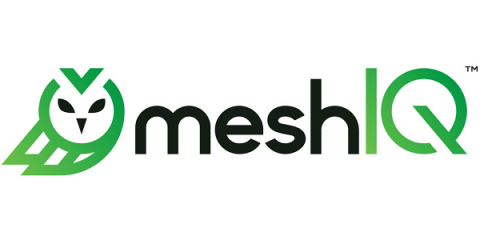Autoscaling in Cloud Computing
Autoscaling in cloud computing is the ability of a system to adjust its resources in response to changes in demand automatically. This guarantees that applications always have the resources they need to perform optimally, even during periods of high traffic. Autoscaling eliminates manual intervention, allowing your dev team time to focus on your product. All major cloud providers like AWS, Azure, and Google Cloud Platform offer robust autoscaling solutions with many features and capabilities.











